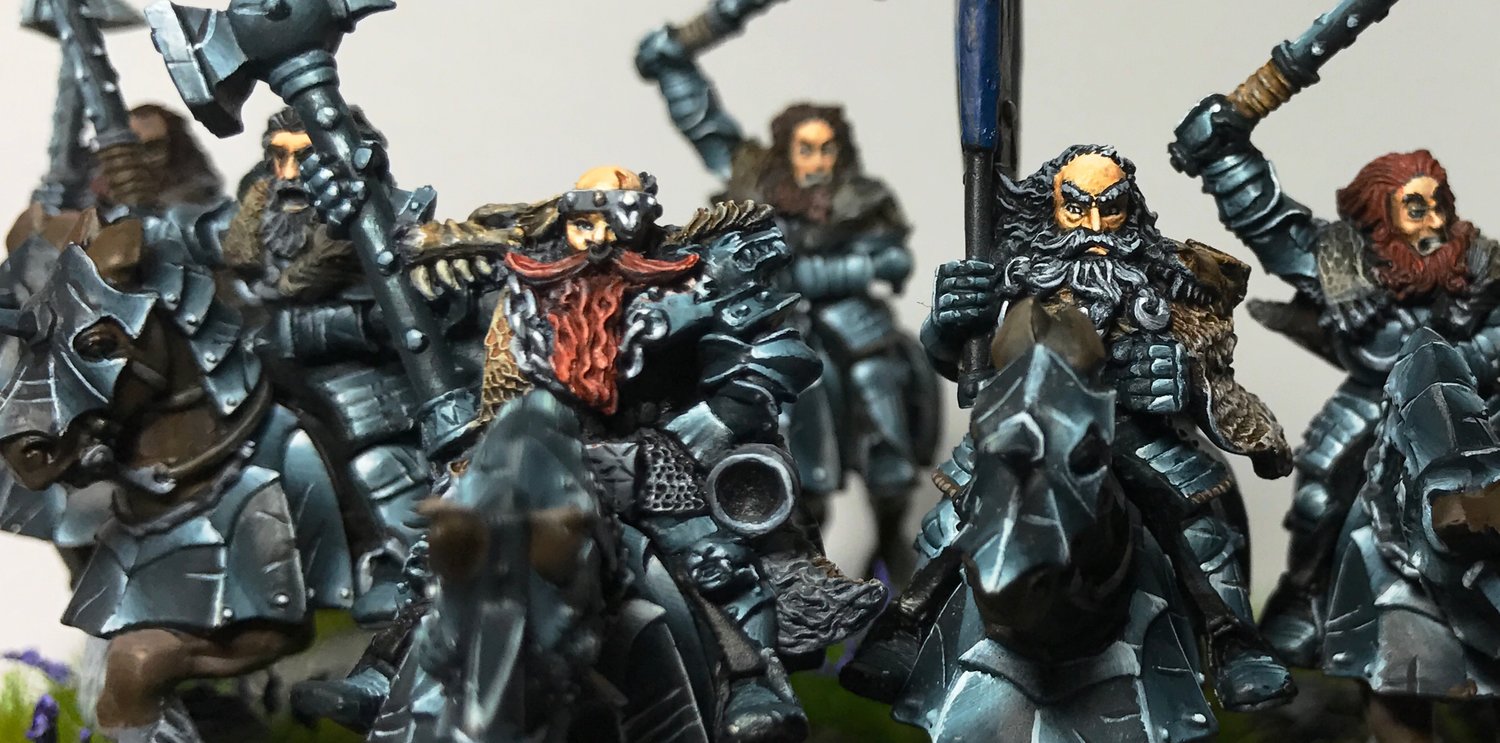My new army project is a KoM / Leave of Rhordia Mercenary army based on my old Dogs of War minis. I have decided on a basing scheme of rolling planes of lavender and broken ruins overrun with greenery. This is hard to do if you're individually basing all of your miniatures, which I want to do because I still play the occasional game of T9A and use the minis for dungeon games like Warhammer Quest and hopefully Dungeon Saga at some point soon.
First Challenge - Base
The standard GW bases have tapered edges. These will create large gaps between my troops and make my base look broken so I ordered a bunch of 20mm square MDF bases. They are laser cut and accurate with nice square edges.
My base is made up of three layers.
- The first layer is a perspex sheet, 2mm thick and cut into two troop sizes. I cut a regiment size and then split it in half so that they would fit together exactly. If you have 1mm perspex then you can just score and snap it so there is no wastage.
- The second layer is 2mm thick ferrous rubber (feels like rubber, but magnets stick to it), glued to the perspex and then trimmed to match the size exactly. It's not strictly required but if you want to magnetize your miniatures for transport I'd recommend it.
- The final layer is the bases. Each base has a rare earth magnet drilled into it. My unit is a skirmish style unit so the MDF bases are placed on the ferrous rubber with their magnets spaced like a skirmish unit so that it will work for both T9A and KoW. The gaps are filled with Milliput (don't use greenstuff, milliput sands better and fills like clay)
Lastly I placed some magnets in the joining ends so that they would stick together for when I use them as a regiment rather than two troops. Final result looks like this. Not much to look at but a good starting point for the rest of the process.
Gotta love magnets!
Second Challenge - Scenery
I wanted a road through my base. Even Halflings like to walk on stone every now and then. I bought a green stuff roller from Laser Shark Designs . I laid down a mat of green stuff over the joined bases and then rolled it over with the roller. After trimming the edges I cut out the spaces between the MDF bases, removed them and let it dry. A small amount of trimming was required one dry to slot the bases back in, but not much.
Rolling hills are rarely flat. I wanted a messy small edge of a hill dirty and rocky. Cork is great for that. I got mine from spotlight, a few bucks for a bunch of coasters. Cut them up a little and stick them down with superglue and they look good. Cut out the edges of the MDF bases once dry just as with the road and it's done.
Time for a spot of paint. The airbrush is great for bases, saves lots of time and give you good effects without much effort. This base was German Black Brown, highlighted with Khaki and then final highlight with Bleached Bone. I'm happy with the results.
Step 3 - Grassing
Two types of grass were used on this base. Firstly I made a bunch of tufts. Rather than buy these at a premium I made my own static grass applicator. It's not hard and it works well and you can find a video on how to do it here. I used 6mm grass for my tufts that would end up being lavender bushes and darker green than I was going to use for the rest of the grass. I stuck the tufts along the road and along the edges of the hill where I thought they looked good.
For the rest of the grass I applied this directly to the base using the applicator. I used a grass mix from Noch, Summer Meadow I think it's called and it's a mix of 4 different lengths in varying colours. Once applied, I trimmed it in appropriate areas so it wasn't too tall where it shouldn't be.
I think the outcome was good.
Added a halfling for impact. Isn't he cute? Just ignore the base I forgot to slot into it's hole at the back ok? Bet you didn't see it at first did you? Damn, why did I call attention to it?
Third Challenge - Lavender
This was surprisingly easy to make.
- Take a single bristle of a coarse paint brush (best to use a large one for painting walls) and paint it green.
- Once dry, dip the tip in white glue (PVA for us Australians) and then into fine white sand.
- Again once dry, paint the sand dark purple and then highlight in light purple.
- Once dry, dip the other end in white glue again and then slide it into a tuft of grass. Slide 1-6 of them into each tuft depending on density needs.
I'd suggest sticking down the tufts in their desired location before adding the lavender or other flowers and using tweezers is essential unless you have tiny fingers and not the clobbery ones I have.
End Result
I'm very happy with the end result. There are 75 lavenders on the base, I did them in two batches and in total it probably took 1.5 hours for the lavender. I painted the base with an air brush and a quick dry brush that took less than an hour and the grassing took roughly 30 mins. Comments, questions and feedback are always welcome here or on Facebook.



























